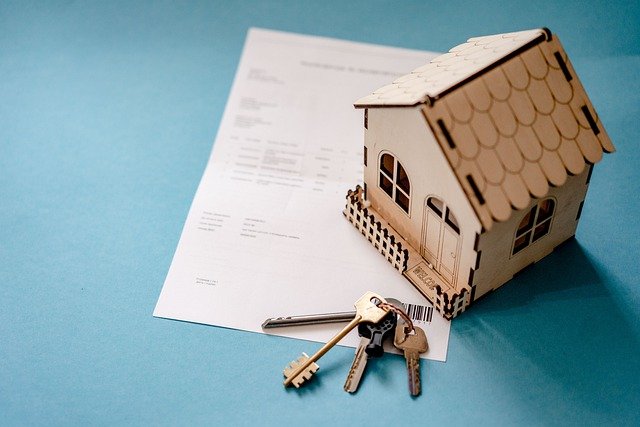

When you lose a loved one or family member it can be an extremely difficult time. Although the last thing you want to do during this time is to worry about the estate left behind, there are many steps to complete in the months after a loved one’s passing, some of them with a strict time limit.
If you know you are going to be a named heir or trustee to one of your family members, it is best to work out as soon as possible what you’ll need to do, so that you’re not overwhelmed at what is already a very emotional time.
It can be absolutely vital to have a grasp on the steps to take immediately after a loved one passes because although some of the processes are relatively simple, there are a few which can be overwhelming and time-consuming, particularly if you are learning as you go. This guide will give you an overview of how property is appraised after death, and what to expect in the process.
Understanding a Date of Death Appraisal
The date of death appraisal, or date of death valuation, is a formal assessment of the value of the real estate, and an essential task required by the federal government in the configuring of the worth of an estate.
This involves the fulfilling of a selection of requirements outlined by the Internal Revenue Service (IRS) concerning the deceased person as well as their estates. These can be carried out by a number of different people, from the surviving spouse, an estate administrator, an executor, or another legal representative.
Ideally, the IRS recommends getting into probate proceedings within 30-90 days of the death of the concerned persons, although this can vary from state to state. A legal representative will be appointed to the estate of the deceased, known as the “estate administrator.”
The initial responsibility given to the person named estate administrator is to provide the IRS and the court with an estimate of the estate’s “reasonable worth.” This becomes known as the “Date of Death Appraisal” (DOD). The DOD is used to assess the fair market value of any real estate belonging to the decedent at the date of their death. An analysis will be taken of the property left behind, as well as an inventory of their possessions. This will include a number of things, such as:
● Investment accounts
● Real estate
● Security holdings
● Personal items of value
● Retirement accounts
● Anything else of significant value
Once this inventory has been properly determined, it can be used for a significant amount of successive legal procedures. The DOD is used to work out:
● How much the deceased’s property is worth
● If there are enough assets to pay the creditors
● If the estate is owing taxes
● The amount available to be distributed as inheritance
It is worth noting that although most appraisals determine the value of the property on the date of the appraisal, a property officially changes ownership on the date of the original owner’s death. This may take months of work in probate to untangle, however legally the property is belonging to the heirs at the moment of passing.
Other uses for a DOD include whether a federal estate tax return is required to be submitted to the IRS, as well as any amount of estate tax due. A DOD could also set a new income tax basis for whoever inherits the estate.
This is going to be a long process, and it can be challenging. Consider hiring an attorney who is experienced in tax and probate law to keep yourself right and ensure the process runs as smoothly as possible.
Alternative Valuation Date
The IRS allows up to six months after the date of death for homeowners to attain an “alternative valuation date” (AVD). This can be essential, especially if the economy has been hit hard or the real estate market has dipped within the given timeframe. An AVD can be used to prove the decline in value of a property as a result of falling market conditions. To do this, you’ll need to obtain both a DOD and an AVD, but the savings in taxes could be well worth it, particularly instead of the process of getting another real estate appraisal.
Information to have ready for an appraiser
Anyone carrying out an appraisal, either for DOD or AVD, will need a selection of information from you. Have the following things ready to keep the process as easy as possible:
● The date of death of the owner.
● The name of your attorney or your CPA
● Any changes that have happened to the estate since the date of death. Appraisals need to be valid for the date of death, and any changes to the property since that time cannot be taken into consideration.
● The date the DOD is due
● When they can conduct the appraisal inspections for both interior and exterior
● Records such as the deed, photographs or any inspection reports to help to confirm the condition that the property was in at the time of death. You may not have to provide these directly, as some will be in the public record.
The appraiser will combine this information along with some other factors to calculate the market value of the property on the date of death.





